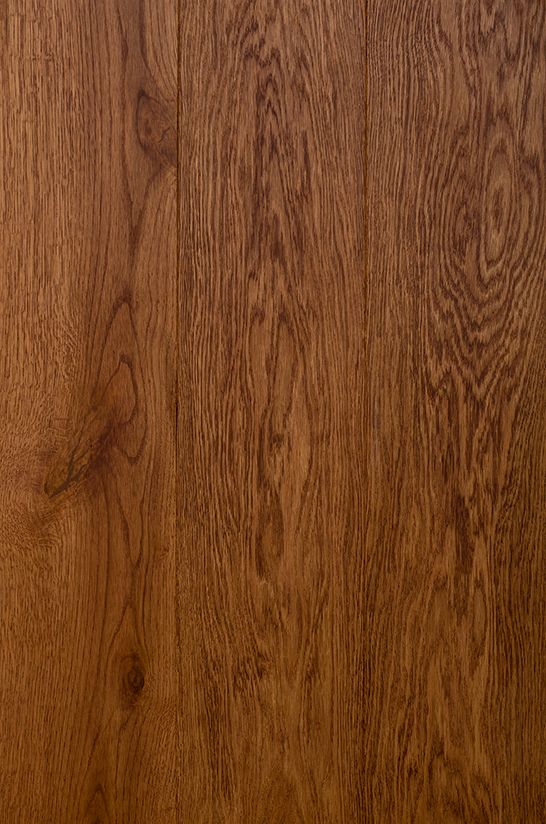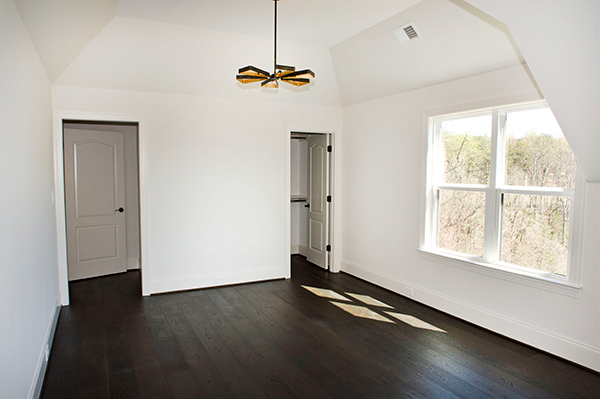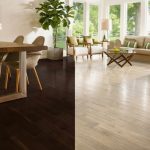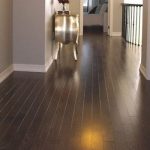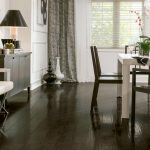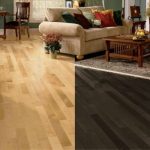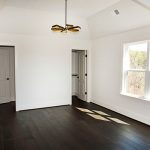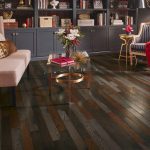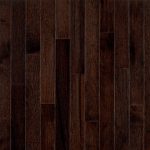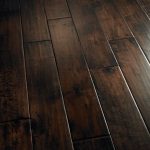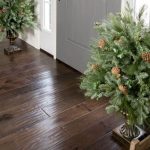Hardwood has been a staple in construction and design for centuries, revered for its durability, aesthetic appeal, and versatility. This natural material, sourced from deciduous trees like oak, maple, and cherry, is prized not only for its strength but also for its distinctive grain patterns and rich colors. The inherent beauty of hardwood makes it a preferred choice for flooring, furniture, and cabinetry, seamlessly blending functionality with elegance. Its enduring popularity speaks to its unique ability to enhance any interior space, providing a warm, inviting atmosphere that synthetic materials often struggle to replicate.
Durability and Longevity: One of the most significant advantages of hardwood is its remarkable durability. Unlike softwoods, hardwoods are denser, which makes them more resistant to dents, scratches, and general wear and tear. This robustness ensures that hardwood products, particularly flooring, can withstand heavy traffic and the test of time, often lasting for generations with proper care. Moreover, hardwood can be refinished multiple times, which not only restores its original luster but also extends its lifespan, making it a cost-effective investment in the long run.
Aesthetic Versatility: Hardwood’s aesthetic versatility is another reason for its widespread appeal. Each type of hardwood offers a unique grain pattern and color palette, allowing homeowners and designers to choose from a wide array of options to match their specific style preferences. From the deep, rich tones of mahogany to the light, airy hues of ash, hardwood can complement both traditional and contemporary interiors. Additionally, hardwood can be stained, painted, or left in its natural state, providing endless possibilities for customization.
Environmental Considerations: While hardwood is a natural and renewable resource, its environmental impact depends significantly on how it is sourced and managed. Sustainable forestry practices are crucial to ensure that hardwood remains available for future generations. This includes responsible logging, reforestation efforts, and adhering to certifications such as those from the Forest Stewardship Council (FSC). By choosing hardwood products that are sustainably sourced, consumers can enjoy the beauty and benefits of hardwood while supporting the preservation of forests and biodiversity.
Hardwood in Modern Design: In modern design, hardwood continues to be a symbol of quality and sophistication. It is often used in high-end residential and commercial projects, from luxury homes to upscale retail spaces. Innovations in woodworking and finishing techniques have expanded the applications of hardwood, allowing it to be used in creative and unexpected ways. For instance, hardwood is now commonly found in wall paneling, ceiling beams, and even countertops, adding a touch of natural elegance to various surfaces and structures.
Maintenance and Care: Maintaining hardwood is relatively straightforward, yet essential to preserve its beauty and longevity. Regular cleaning with a soft broom or vacuum, along with occasional damp mopping, helps to remove dust and debris that can cause scratches. It is also important to control indoor humidity levels to prevent the wood from expanding or contracting. Protective measures, such as using rugs in high-traffic areas and felt pads under furniture legs, can further safeguard the wood from damage. With proper care, hardwood can retain its stunning appearance and structural integrity for decades, making it a timeless addition to any home or commercial space.
 goodworksfurniture Decoration and home design ideas
goodworksfurniture Decoration and home design ideas

